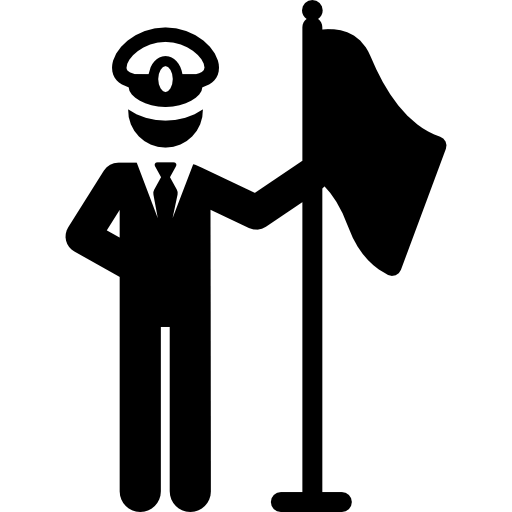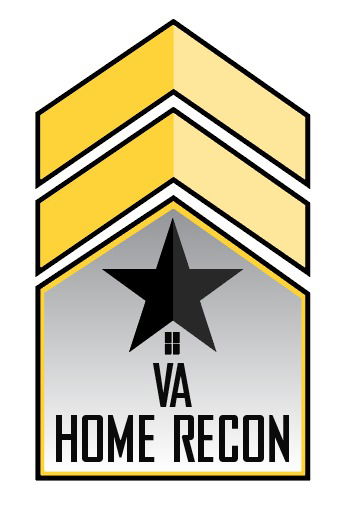Getting a VA Loan After Bankruptcy

Bankruptcy and foreclosure can be harrowing experiences. But they don’t have to ruin your financial future or your dream of buying a home. Qualifying for a VA loan after bankruptcy is certainly possible, often in a shorter time frame than you would need for a conventional loan.
But make no mistake: It’s not always a quick or easy road. A bankruptcy can cause your credit score to drop anywhere from 130 to 240 points, according to credit scoring firm FICO. It can take from three to 10 years for a consumer’s credit score to fully recover.
The good news for VA borrowers is that the credit score hurdle is typically lower than what you’ll need for conventional or even FHA financing.
Lenders will usually have a “seasoning period” for borrowers who have experienced a bankruptcy. This is basically how much time you have to wait before being able to close on a home loan.
The seasoning period can vary depending on a host of factors, but a big one is the type of bankruptcy you experienced.
Chapter 7 Bankruptcy
A Chapter 7 bankruptcy is known as a “liquidation” bankruptcy and forces an individual to sell certain assets in order to repay creditors. You will typically need to wait at least two years from the date of a Chapter 7 discharge to qualify for VA loan approval.
Chapter 13 Bankruptcy
A Chapter 13 bankruptcy is known as a “reorganization bankruptcy” and creates a court-supervised plan for debt repayment. You may be eligible for a VA loan once you’re 12 months removed from filing for Chapter 13 bankruptcy protection. Prospective borrowers will usually need approval from their Chapter
Bankruptcy with a Mortgage
Homeowners who go through a bankruptcy may want to try and keep their home through a process known as “reaffirmation.” Doing this means you will continue to be responsible for your mortgage payment. Talk with an attorney about reaffirmation and its implications for your financial situation before making a final decision.
With a Chapter 7 bankruptcy, homeowners who do not reaffirm will see their legal and financial responsibility for the mortgage end with the discharge. But there’s still a lien on the property, and it can take months or years for lenders to foreclose. It’s possible for some prospective borrowers to continue living in the home after the bankruptcy discharge.
In cases like these, some lenders may require a Verification of Rent (VOR) to verify borrowers have continued to make timely mortgage payments. Guidelines and policies on this can vary by lender.
Chapter 13 Homeowners
For Chapter 13 homeowners, the bankruptcy can’t fully discharge mortgage debt. Lenders will want to know more about your mortgage payment history over the previous 12 months. Ebenefits




